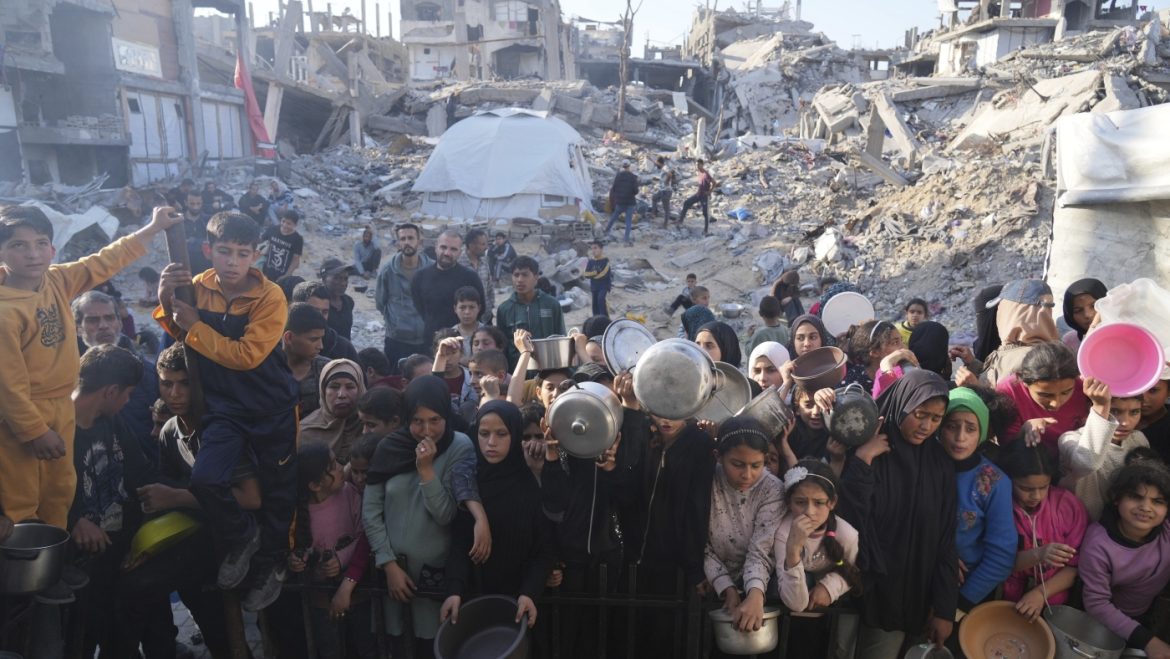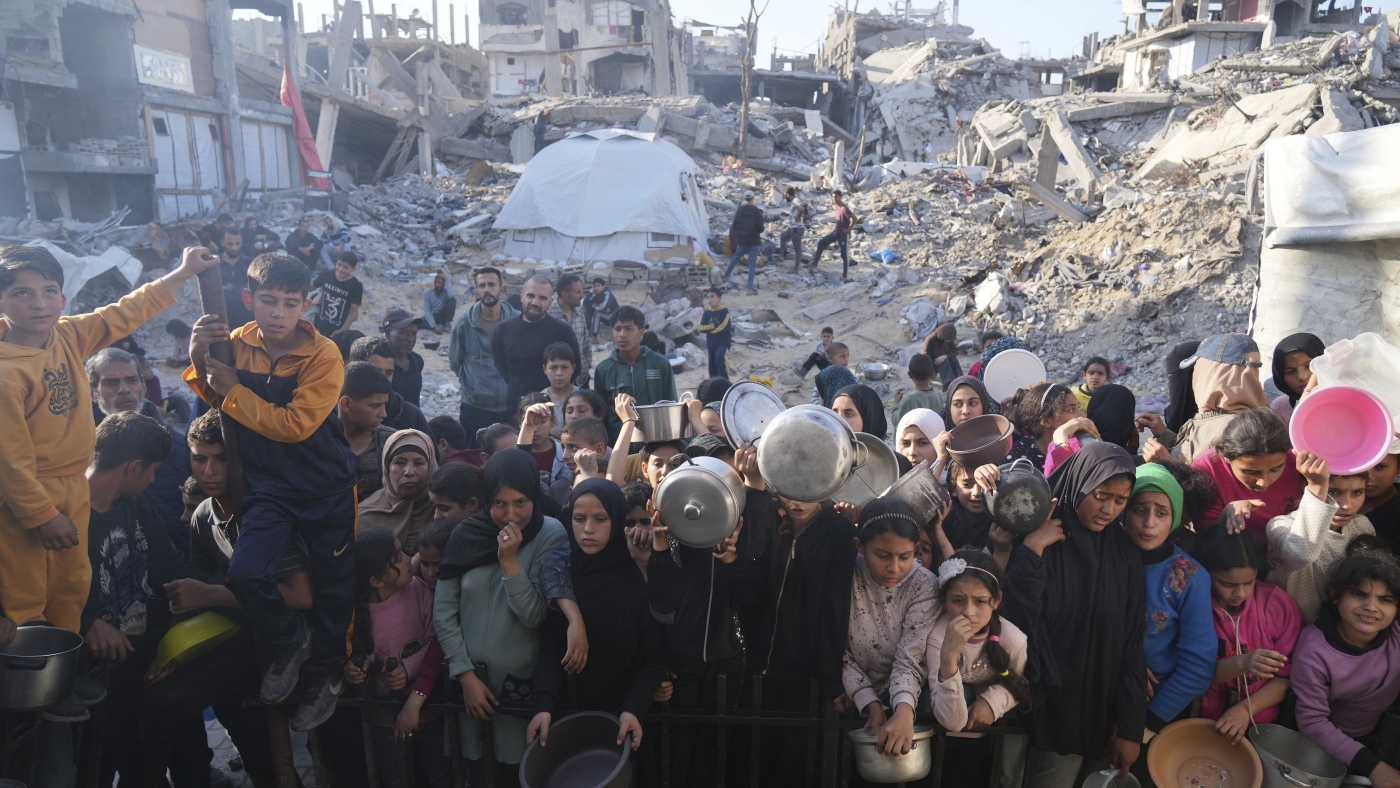The U.S. Plan to Send Food to Gaza: A Critical Analysis
Introduction
The U.S. has proposed a plan to send food to Gaza, a region under severe humanitarian strain. However, this plan has sparked significant controversy, with leading aid groups voicing strong objections. The proposed solution aims to provide food and aid to around 60 percent of Gaza’s civilians initially. This raises critical questions about the efficacy, fairness, and humanitarian principles of the plan. This analysis delves into the details of the U.S. plan, the objections raised by aid groups, and the broader implications for the humanitarian crisis in Gaza.
The U.S. Plan: An Overview
The U.S. plan involves establishing distribution zones that would serve food to several hundred thousand Palestinians. This approach is part of a broader American-Israeli initiative to funnel humanitarian aid into parts of Gaza. The plan includes the use of U.S. contractors and private companies to deliver aid, with Israel playing a direct distribution role. The U.S. administration has been pressing the U.N., aid organizations, and allies to participate in this plan, despite significant resistance.
The 60% Coverage Dilemma
One of the most contentious aspects of the plan is its initial coverage of only 60 percent of Gaza’s civilians. This leaves a significant portion of the population without access to essential food and aid. The U.S. ambassador to Israel, Mike Huckabee, acknowledged this limitation, but the rationale behind this partial coverage remains unclear. The exclusion of 40 percent of the population raises serious concerns about equity and the potential for exacerbating existing inequalities within Gaza.
Objections from Aid Groups
Leading aid groups have raised serious doubts about the approach, citing several key issues:
The Role of the U.N. and International Community
The U.N. and other international organizations have been critical of the plan. The U.N. World Food Program has agreed to help deliver aid once the U.S. military completes a pier for transporting humanitarian assistance by sea. However, this involvement is seen as a major obstacle, given the reluctance of aid groups to handle the distribution under the proposed system.
The U.S. administration has been pressuring the U.N. and other aid organizations to support the plan, even threatening to slash funding for those that do not comply. This pressure has been met with resistance, as aid groups and U.N. agencies maintain their stance against the plan.
The Impact on Gaza’s Population
The humanitarian crisis in Gaza is severe, with experts warning that 1.1 million Gazans are at imminent risk of deadly food shortages. The process of delivering aid to them is lengthy and convoluted, and the U.S. plan does not address these underlying issues effectively. The plan’s initial coverage of only 60 percent of the population could exacerbate the crisis, leading to further suffering and potential famine.
The Broader Implications
The U.S. plan and the objections raised by aid groups highlight the broader implications for humanitarian aid and international relations. The plan’s focus on control and partial coverage raises questions about the true intentions behind the initiative. It also underscores the need for a more inclusive and equitable approach to humanitarian aid, one that prioritizes the needs of all civilians in Gaza rather than a select few.
Conclusion
A Call for a Comprehensive and Inclusive Approach
The U.S. plan to send food to Gaza, while well-intentioned, falls short of addressing the urgent and comprehensive needs of the population. The objections raised by leading aid groups highlight the critical flaws in the plan, particularly its partial coverage and the potential risks to civilians and workers. The international community must come together to develop a more inclusive and effective approach to humanitarian aid in Gaza, one that prioritizes the well-being of all civilians and adheres to fundamental humanitarian principles. The future of Gaza’s population depends on a comprehensive and equitable solution that addresses the root causes of the crisis and ensures that no one is left behind.


